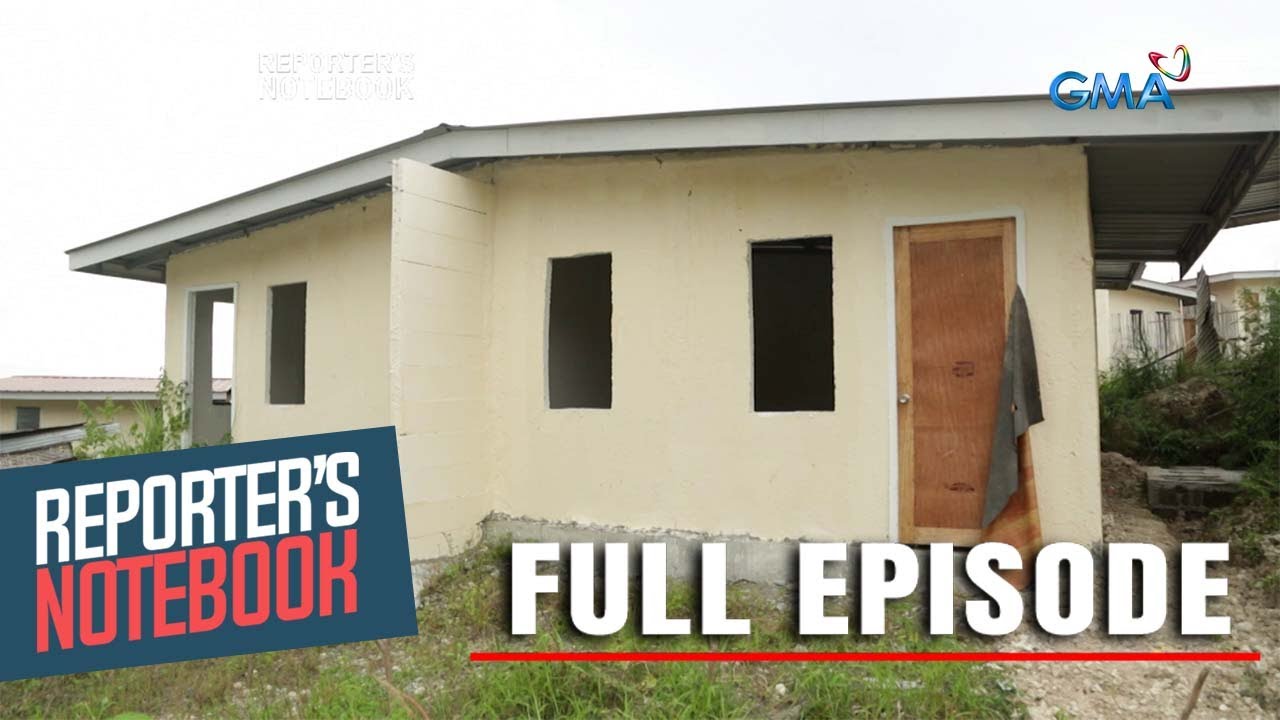Bayan ng mga Kontraktuwal
Summary
TLDRThe video script sheds light on the plight of contractual workers in the Philippines, highlighting their lack of job security and benefits. It features interviews with workers from various sectors, including education and manufacturing, who face delayed salaries, hazardous working conditions, and the threat of illegal dismissal. The script also touches on the historical context of labor contractualization, its impact on workers' rights, and the importance of unionization and collective action in fighting for better conditions. The narrative culminates in a call to unite and organize against the exploitative practices of contractualization.
Takeaways
- 📜 The script discusses the plight of contractual workers in the Philippines, highlighting their lack of job security and benefits.
- 🏫 It focuses on the University of the Philippines (UP) as a case study, where many employees are on one-year contracts with no guarantee of renewal.
- 👩🎓 Two UP employees, Stephanie and Nelin, share their experiences as contractual workers with no benefits, despite their qualifications.
- 🤝 The script explains the four-fold test to prove an employer-employee relationship, which many contractual workers fail to meet.
- 💼 It reveals that a significant portion of the workforce in the Philippines, including government service and private sector employees, are contractual.
- 🏭 The narrative includes an interview with Roderick, a factory worker, who describes the poor working conditions and lack of benefits for contractual employees.
- 🏥 Roderick's story also illustrates the lack of support and compensation for workers injured on the job, highlighting the precarious nature of contractual work.
- 📢 The script emphasizes the importance of workers' rights, including the right to unionize and collective bargaining, which are often denied to contractual workers.
- 🔗 It connects the rise of contractualization to neoliberal economic policies and the pursuit of profit by capitalists at the expense of workers' welfare.
- 🌟 The script concludes with a call to action for workers to organize and fight for their rights, drawing inspiration from successful strikes and unionization efforts.
Q & A
What is the main concern of the teacher mentioned in the script regarding their contract?
-The teacher is concerned about the uncertainty of job security due to having a one-year teaching contract that requires annual renewal through a letter of intent to the university.
How do contractual employees at the University of the Philippines (UP) feel about their situation?
-Contractual employees at UP feel disheartened and lack job security, facing issues such as delayed salary payments and no benefits despite performing core and essential work.
What is the four-fold test mentioned in the script to determine an employer-employee relationship?
-The four-fold test includes: payment of wages, power to hire, power to dismiss, and power to monitor. These factors are used to argue that UP's hiring of contractual employees may be illegal.
How prevalent is contractual work in the Philippines according to the script?
-The script suggests that contractual work is widespread, with one out of three Filipino workers being contractual and a significant number of companies using employment agencies, which could mean the real number is even higher.
What was Roderick's experience as a contractual worker in a factory?
-Roderick experienced low salary, threats to his rights, lack of implemented benefits, non-payment of social security dues, and forced labor. He was also involved in an accident where the responsibility for his hospital fees was disputed.
What happened to Sandy, a former worker of Megacool Manufacturing, after his contract ended?
-Sandy was forced to sign a contract with no specified date, which was later altered to show an end date against his will. He tore up the contract and was dragged out by security, becoming a victim of illegal dismissal.
What was the tragic incident at the Kentex slippers factory?
-More than seventy contractual workers were burned alive in the Kentex factory, highlighting the dangerous and disposable nature of their employment.
What is the historical context of labor contractualization in the Philippines?
-Labor contractualization became common practice with the enactment of Republic Act 6715 during Corazon Aquino's administration, which made labor-only contracting legal.
What are the basic rights of workers that are trampled by rampant labor contractualization according to the script?
-The rights affected include the right to unionize, the right to collective bargaining, the right to hold a strike, and the right to a just wage.
How did the Coke Sta. Rosa workers' case exemplify the power of organization and collective action?
-The Coke Sta. Rosa workers filed a case for regularization, were initially removed by the company, but after a three-day strike, their demands were met and they were recognized as regular workers, inspiring other contractual workers.
What is the significance of Labor Day (May 1) for workers as portrayed in the script?
-Labor Day is a day of unity for workers to fight for their class interests, highlighting the historical struggle for workers' rights and the ongoing need to organize and unite against contractualization.
Outlines

このセクションは有料ユーザー限定です。 アクセスするには、アップグレードをお願いします。
今すぐアップグレードMindmap

このセクションは有料ユーザー限定です。 アクセスするには、アップグレードをお願いします。
今すぐアップグレードKeywords

このセクションは有料ユーザー限定です。 アクセスするには、アップグレードをお願いします。
今すぐアップグレードHighlights

このセクションは有料ユーザー限定です。 アクセスするには、アップグレードをお願いします。
今すぐアップグレードTranscripts

このセクションは有料ユーザー限定です。 アクセスするには、アップグレードをお願いします。
今すぐアップグレード関連動画をさらに表示

Reality of India's Delivery Workers and Cab Drivers | Dhruv Rathee

MGA SULIRANIN SA PAGGAWA AT EPEKTO NITO Video Lesson 4 AP 10 Q2

I'm Lovin' It, Trump

Bihar Beltron पर सबसे बड़ा खुलासा.. | Nitish Kumar | Top News | Latest News | India News

‘Pera Natin ‘To — Pabahay’ (Full Episode) | Reporter's Notebook

Emergency Medical Services: Last Week Tonight with John Oliver (HBO)
5.0 / 5 (0 votes)
